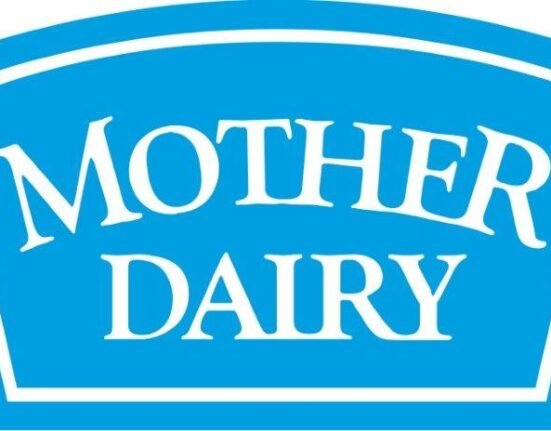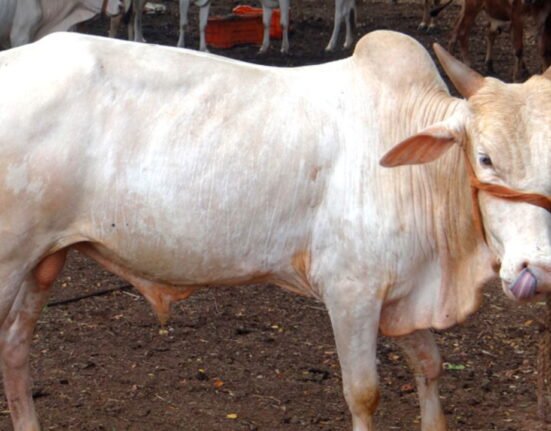CHENNAI: In a bid to enhance the procurement of high-fat milk, Aavin has adopted 2,000 buffalo calves from dairy farmers in 12 districts, including Namakkal, Salem, Erode, Tiruppur and Karur.
The farmers, who are otherwise unable to afford the cost of rearing buffalo, will be supported through village-level primary milk producers’ cooperative societies that supply milk to Aavin.
The state’s buffalo population has decreased from 11.8 lakh in the 18th Livestock Census in 2007 to 5.19 lakh in the 20th Livestock Census in 2019.
In contrast, states like Punjab, Gujarat and others have seen increasing buffalo populations, which has also boosted their milk production.
Following recommendations from the state planning commission, the scheme is fully funded under TANII (Tamil Nadu Innovation Initiatives) and a total of Rs 8.2 crore has been sanctioned for this scheme, with each beneficiary receiving Rs 41,000 worth of free inputs.
Under the programme named Buffalo Calf Rearing Scheme, female buffalo calves around six months old have been selected, dewormed, monitored for weight gain, and supplied with calf ration and mineral mixtures every month until they reach 32 months of age.
Aavin will also provide dairy farmers with protein-rich cattle feed and mineral mixtures for 26 months, along with doorstep veterinary services.
The scheme aims to increase the buffalo population and boost the production of high-fat milk for Aavin, according to official sources. Out of 30.5 lakh litres of milk received by Aavin, only about 10,000 litres are buffalo milk.
“Dairy farmers are provided with cattle feed containing 85% protein for their buffalo calves, starting with 1 kg per day from the age of six to 10 months.
From 11 to 25 months, the quantity increases to 1.5 kg per day. Then, from 26 to 32 months, it further increases to 1.75 kg per day. The weight of the calves will be monitored weekly by veterinarians appointed by Aavin and the animal husbandry departments,” said a senior official from Aavin.
Sources explained that though buffalo rearing is highly profitable for farmers, a chunk of them are showing reluctance mainly due to issues such as sexual maturity at a higher age, long calving intervals, low production, and high maintenance costs.
Typically, young female buffaloes in existing climatic conditions come into heat between 3.5 and four years of age. However, with proper calf ration and mineral mixtures, the age at maturity and calving can be reduced by six months to one year.
“Unlike exotic and crossbreed milch cows, buffaloes do not exhibit the behavioural symptoms of oestrus. Therefore, we have introduced scientific breeding techniques, including ovulation synchronisation and fixed-time artificial insemination using sexed semen for better outcomes. Once the weight of buffalo reaches 250 kg, we will perform AI,” the official added.
S Vineeth, Managing Director, Aavin said, “Once we train farmers in calf-rearing methods and techniques, more people will become interested in buffalo rearing, which is a primary source of high-quality milk. We are hoping to get funds for this scheme for the second year as well.”
Source : New Indian Express







